Kiribati enters the end game against climate change – in pictures
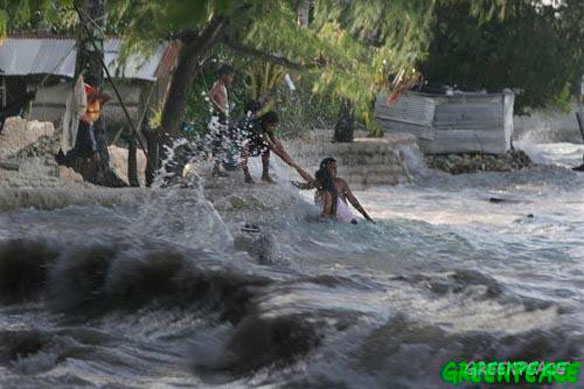
The waves are slowly seeping over the islands of the Pacific nation, which is at the frontline of the climate change-induced rise in sea levels striking low-lying nations all over the world.
New Sea-Level-Rise Modeling Forecasts Major Climate Impact to Low-Lying Pacific Islands

Dynamic modeling of sea-level rise, which takes storm wind and wave action into account, paints a much graver picture for some low-lying Pacific islands under climate-change scenarios than the passive computer modeling used in earlier research, according to a new U.S. Geological Survey report.
Better Urban Planning Needed To Dodge Disasters
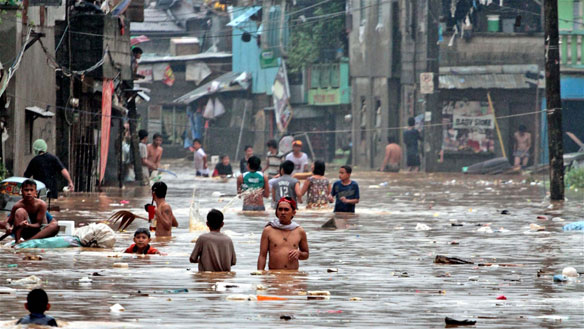
With the world’s mega-cities growing even larger, policymakers, especially those in developing countries, need urban planning that will help these areas withstand the impacts of natural disasters.
Waterworld: Cities of the future?
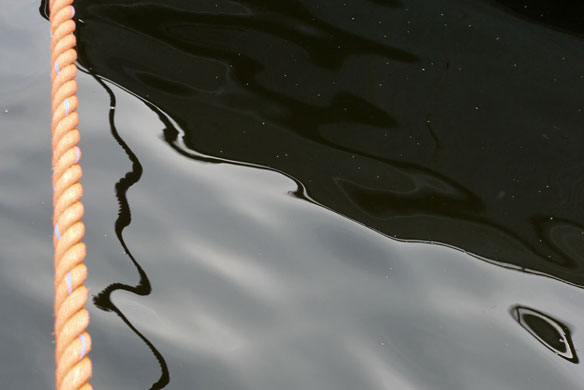
For years, scientists have warned about the danger of rising sea levels, and thanks to an artist’s projections, we can see now what the impacts might look like in real life.
Americans Back Preparation for Extreme Weather and Sea Level Rise

Images told the story: lower Manhattan in darkness, coastal communities washed away, cars floating in muck. Superstorm Sandy, a harbinger of future extreme weather intensified by climate change, caught the U.S. off guard. Going forward, Americans face a stark choice: prepare and invest now to minimize the impact of disasters such as Sandy, or deal with storms and rising sea levels when they occur.
It’s Move It or Lose It in Path of a Nor’easter
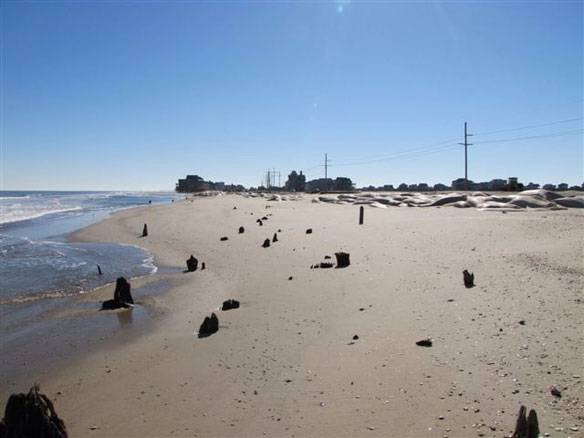
As a nor’easter pounded Plum Island, Mass., this month, moving trucks were being filled with belongings from damaged homes. Officials say some houses should be moved away from the coastline.
Katrina-Like Storm Surges Could Become Norm
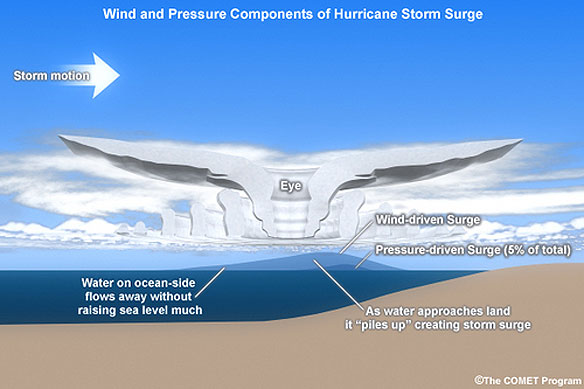
Last year’s devastating flooding in New York City from Hurricane Sandy was the city’s largest storm surge on record. Though Hurricane Sandy was considered a 100-year-event, a storm that lashes a region only once a century, a new study finds global warming could bring similar destructive storm surges to the Gulf and East Coasts of the United States every other year before 2100.
Significant Contribution of Greenland’s Peripheral Glaciers to Sea-Level Rise
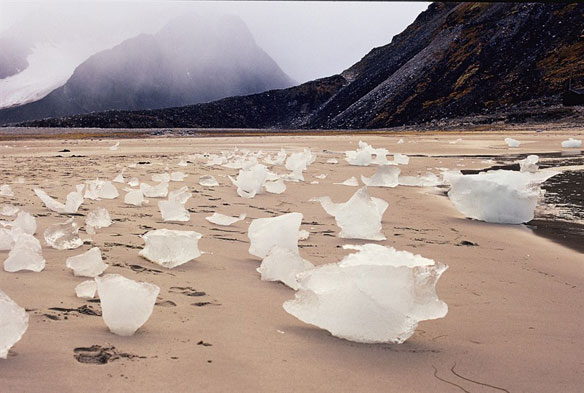
Glaciers at the edge of Greenland which are not connected to its huge ice sheet, or can be clearly separated from it, are contributing to sea-level rise much more than previously thought.
Hunting High Sea Levels in South Africa

Along the coast of South Africa, researchers explore ancient rock formations dating to a period about 120,000 years ago when the earth was warmer and sea level was higher than today, trying to find clues and determine just how high the oceans might rise in a warmer world.
